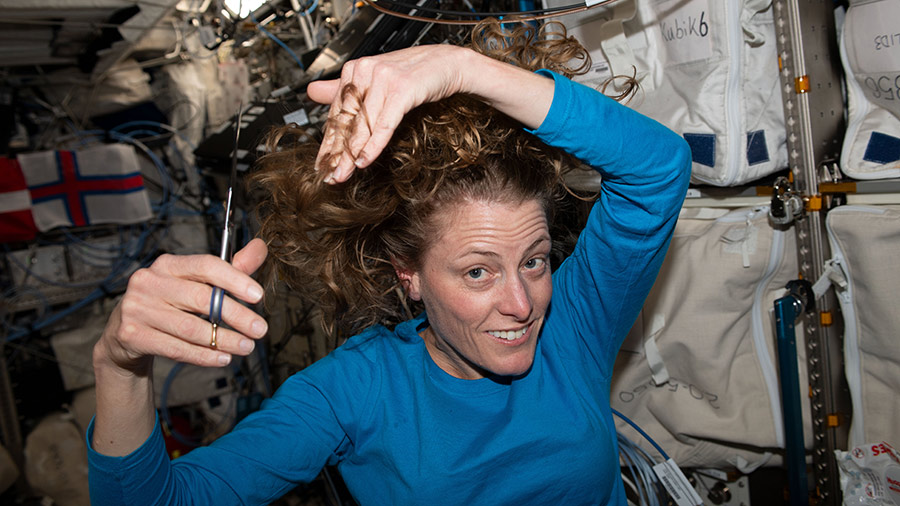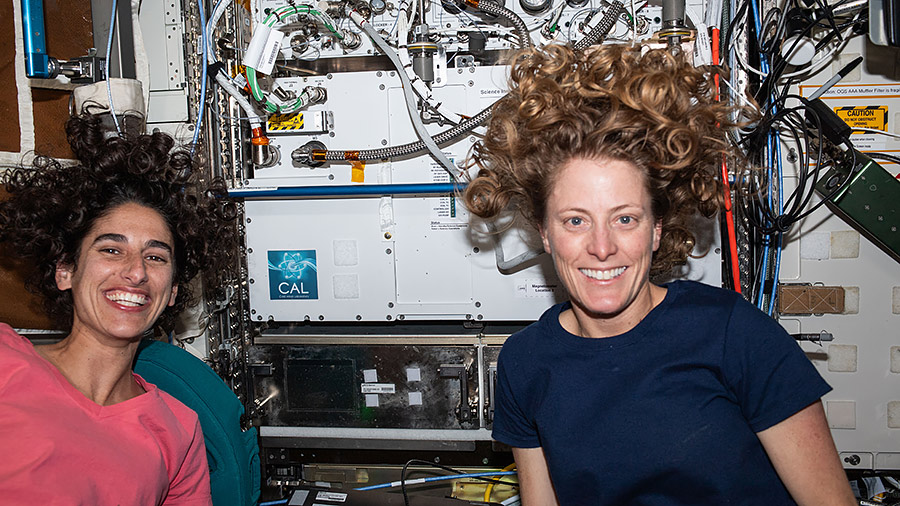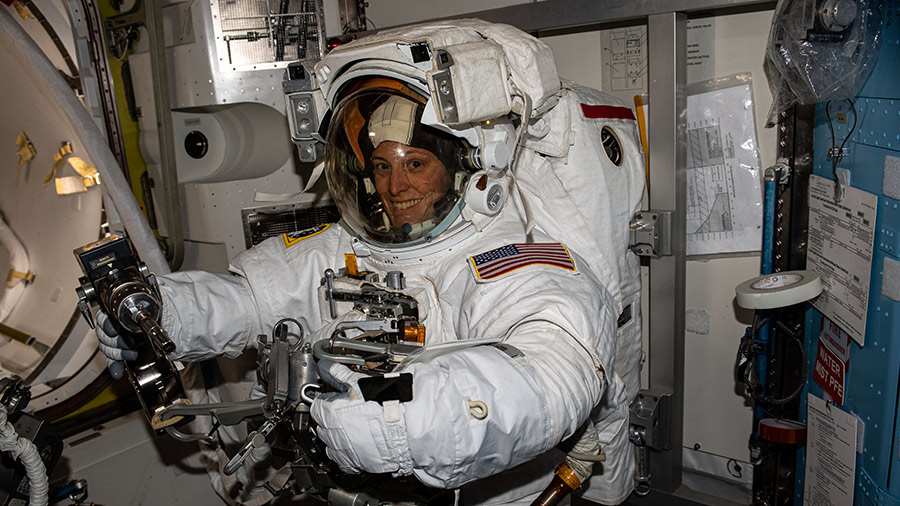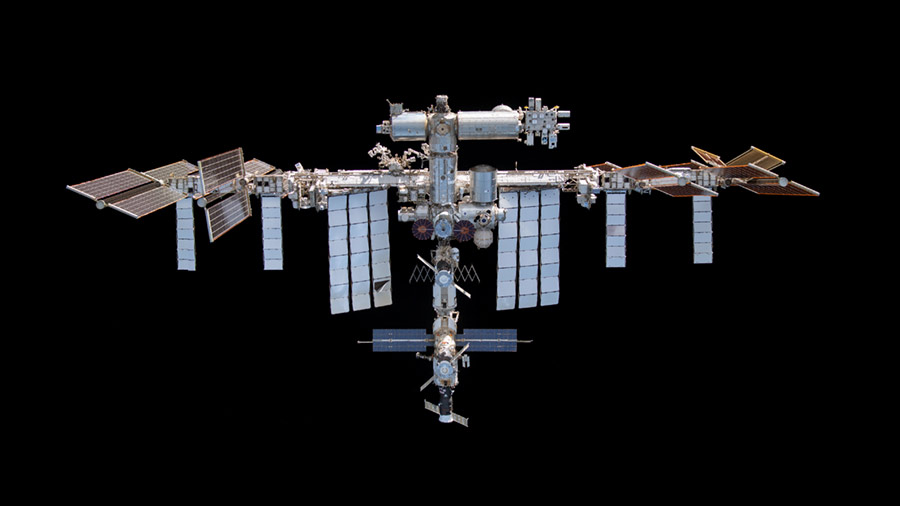
The Expedition 70 crew continued its space health and Earth science studies while servicing a variety of research hardware on Thursday. The International Space Station is orbiting higher today as its residents also inspected emergency gear and reviewed tasks for an upcoming spacewalk.
DNA analysis was back on the schedule as NASA astronaut Jasmin Moghbeli used a portable DNA sequencer to identify bacteria extracted from station water samples. The technology study will help keep crews and spacecraft safe with less dependence on Earth as NASA plans missions to the Moon, Mars, and beyond. She also wore the Bio-Monitor vest and headband for a 48-hour session testing the wearables’ ability to monitor an astronaut’s health comfortably while minimally interfering with their daily activities.
Commander Andreas Mogensen of ESA (European Space Agency) worked inside the cupola again testing the ability of an advanced camera to observe Earth’s thunderstorms and their electrical activity at 100,000 frames per second. Results may improve atmospheric knowledge and promote future space applications. The two-time station visitor from Denmark also transferred cargo and trash in and out of the Northrop Grumman Cygnus cargo craft attached to the Unity module’s Earth-facing port.
NASA Flight Engineer Loral O’Hara photographed emergency hardware for inspection, then checked her blood pressure, and uninstalled components on a spacesuit. Astronaut Satoshi Furukawa of JAXA (Japan Aerospace Exploration Agency) replaced filters inside the Life Science Glovebox then swapped sample cassettes inside the Materials Science Laboratory.
Cosmonauts Oleg Kononenko and Nikolai have been busy the last several days preparing for a spacewalk scheduled for 2:10 p.m. EDT on Oct. 25. The duo reviewed an updated spacewalking task list that includes installing science hardware, deploying a nanosatellite, and inspecting a backup radiator on the Nauka science module that leaked coolant.
Both cosmonauts also took turns practicing futuristic piloting techniques on a computer while wearing a cap filled with sensors that measured their responses. Researchers will use the data to understand how future crews may respond to flying spacecraft and controlling robots on planetary missions.
Flight Engineer Konstantin Borisov joined the pair from Roscosmos for the spacewalk review before lunchtime. He also transferred water stored inside the Progress 85 (85P) cargo craft into tanks aboard the station then checked electronics systems in the Zvezda service module.
The space laboratory is orbiting slightly higher today after the 85P fired its thruster engines for over 18 minutes late Wednesday night. The orbital reboost raises the station to the correct altitude for the rendezvous and docking of the next Roscosmos cargo craft, the Progress 86, in early December.
Learn more about station activities by following the space station blog, @space_station and @ISS_Research on X, as well as the ISS Facebook and ISS Instagram accounts.
Get weekly video highlights at: https://roundupreads.jsc.nasa.gov/videoupdate/
Get the latest from NASA delivered every week. Subscribe here: www.nasa.gov/subscribe








